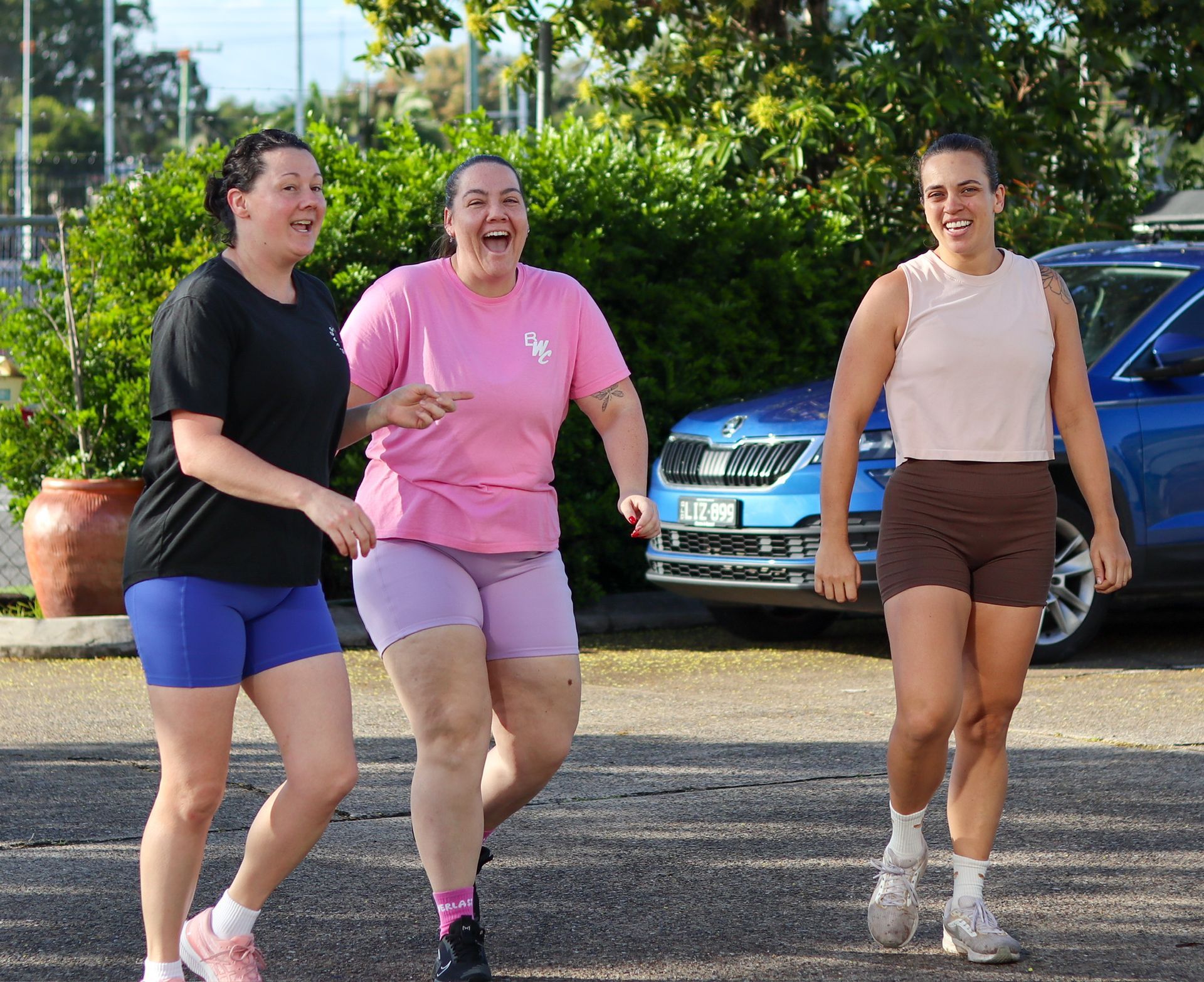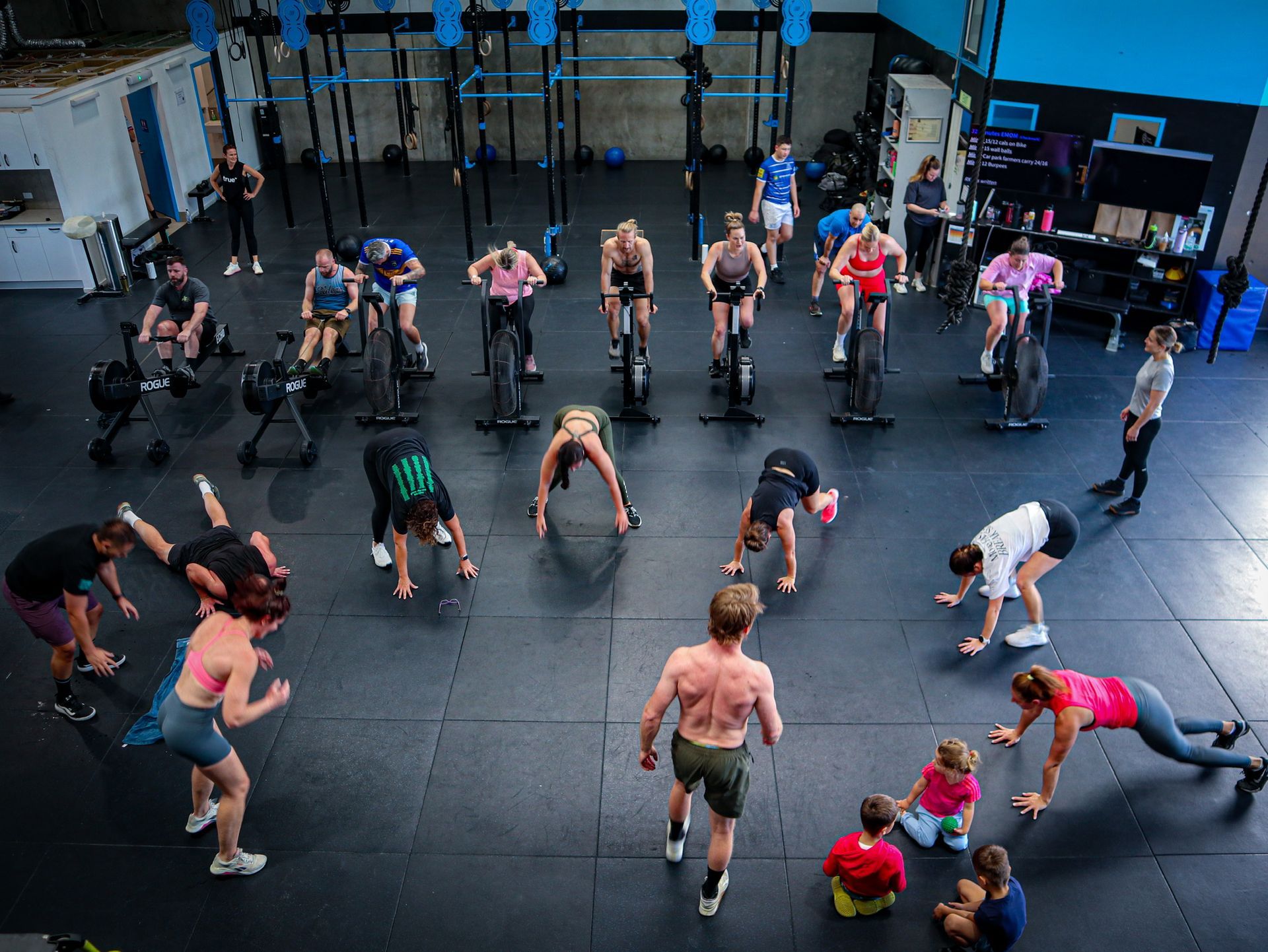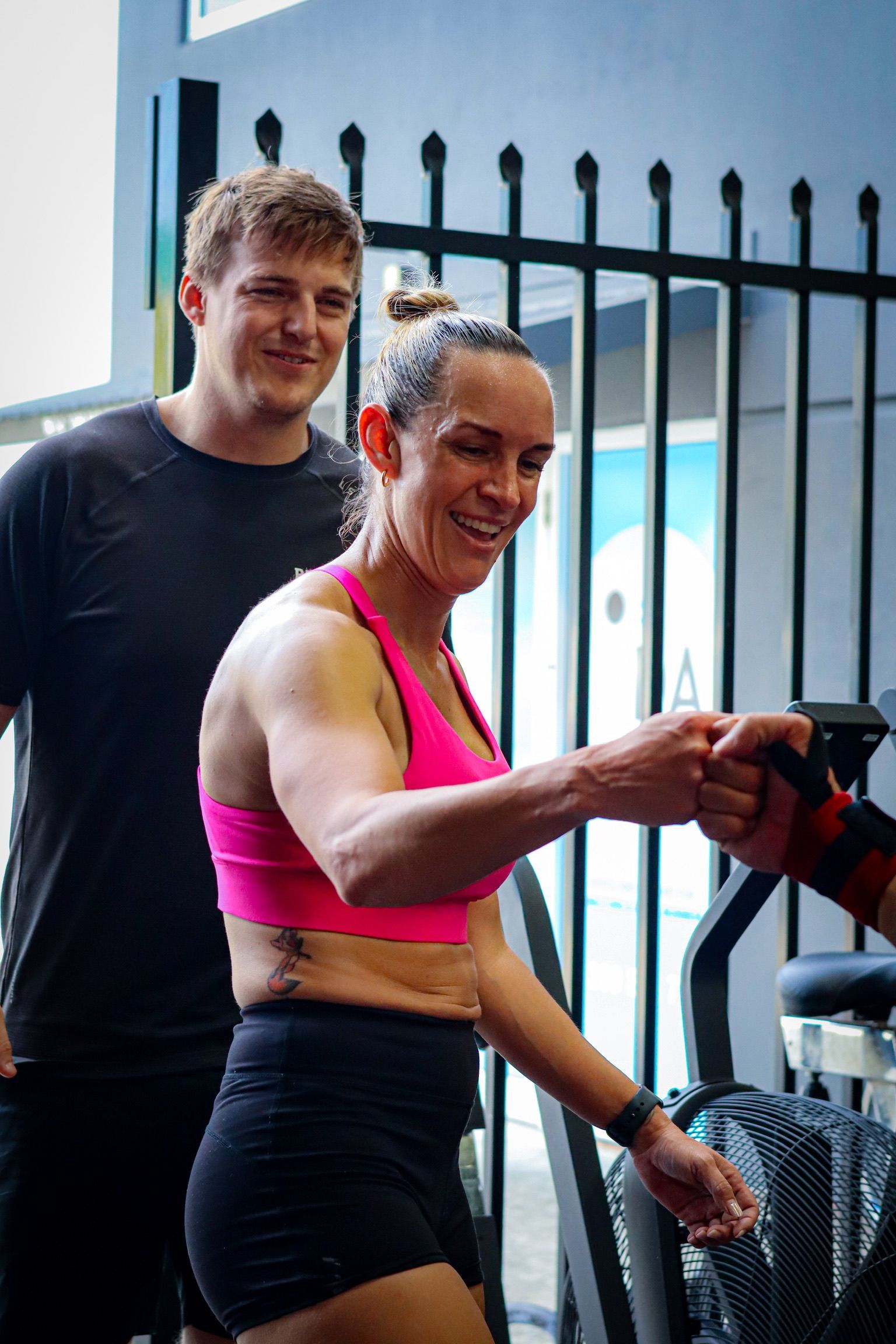Who Are The Owners Of Rebuild Health And Fitness?
What's the worst injury you've ever had? How do you empathise with clients with body image issues? If you were a superhero, who would you be? We've flipped things on their head this week, and our resident media expert and journalist, Cait is interviewing the boys. This week's episode is everything you've ever wanted to know about Sean and James. We talk about empathy with clients and relating to confidence issues, as well as how the boys get enough sleep as parents of young kids, questions they get asked the most, the worst advice they've ever given other people, and whether James has enough fiber in his diet. Tune in for some knowledge, some laughs, and some helpful information about feeling and living better.How they get into health and fitnessEveryone has a backstory as to why they are where they are, some have a knack for the field they’re in, some had to force themselves into it. The boys? Well, it’s all they’ve ever known really. James reveals, “From an honesty standpoint, I've just always been in it. There isn’t a story of truly being passionate about helping people, academic-wise too, I was just okay. It was just something I was keen on, so I went to college, did sport, I went to university, did sport there too. After that, I realised that’s all I knew so I can't do anything else. It's not that I was solely passionate about this, it's just what I was good at. And naturally, when you start getting good at something, you can start getting paid for it. So yeah, I’ve just always worked in health and fitness.”Sean went down a similar route: “I’ve also always been heavily involved in sports. During school, I started doing my PT course with the idea of always doing it professionally. After school, I took a gap year and became a PT. Eventually, I quit that job, went to Wales to play footy, and thought I was living the dream. I was 19, living on my own, and didn't think I'd go back into the fitness industry. They had a gym there, and so I started doing some hours there. The quality of trainers and the coaches I was working with sparked my interest again. It was always at the back of my head that the only progress for a personal trainer was to own a gym. Once I got injured again and came home, a few things led me to find a facility and opening a gym,” Sean shares.Worst injuriesAs individuals who’re heavily involved in sports, it goes without saying they suffered a fair share of injuries along the way.James, for some wild reason, was being chased by the police and ended up doing quite a bit of damage to himself. “I broke my ankle, fractured my tibia, fractured my heels as well. I was on crutches for 8 months, had to inject my stomach each night – it was bad. But I discovered CrossFit soon after and I wanted to get back into rugby so it helped me force myself to get better. I had no range of motion in my ankles, and back in the day, CrossFit had very specific movement standards that they wanted everyone to hit so it forced me into those positions to improve my mobility.” Sean’s been through no less. “Biggest and most traumatic injury for me was when I hurt my knee, which is always a fear for rugby players. But the most painful was my hip surgery; it hurt so much and hurt for so long. There was just so much chronic pain, every day my knee hurts, every day my hips hurt. I couldn't look after myself, I had to move back home after my hip surgery because I had to step into my shower at my own place and I couldn't. I remember I had to call a nurse because one day, the incision around my hip kept bleeding and I couldn't change the dressing even. That one just really sucked.”Dealing with clients’ insecuritiesWhile sharing more of a background into their lives, the duo agreed on how rewarding it felt as coaches to see yourself being able to change people’s lives. “It’s very rare to be able to experience this sort of fulfilment,” says Sean. However, prior to being able to feel proud of yourself and your clients, there’s always a difficult process that requires you to be kind and humane. Some clients come with a set idea in mind of how they want to transform their bodies, while others have dealt with body image issues and insecurities, and need to be guided towards the right path – the boys reveal how they manage to do their bit of understanding in this regard.“First, it comes with experience,” says James. “I’ve also been around women my whole life, and then there’s also the fact that I relate to this differently.”“I've always been a small human being; I’ve always tried getting bigger. I was literally told in one game at university, ‘Listen, you're really good, and we'd love for you to come train but you're too small.’ To be told that you want to do something for a living but in that situation, you can't because you're too small - to me, that's the same as someone having to go a different route. It’s also about, how do we get people the result? How do we help people? I can’t always ask people questions, but I can listen to them as a human being. Another thing is to be non-judgmental. I don't judge anyone for whatever they're doing or for whatever they're eating. I have no need or right to judge them. When they feel safe enough and not judged, then results start to happen,” he adds.Worst adviceThis sort of guidance comes with time. When Cait follows this question with the worst advice they’ve ever given someone; there were some laughs filled with embarrassment.Sean reveals, “When I was first starting out as a PT, I told someone to eat a lot of sandwiches because I ate a lot of sandwiches and still was in pretty good shape.” Importance of sleep Speaking of having come a long way, we can’t possibly speak of their journey without shedding light on some important values they’ve picked along the way i.e.; the importance of sleep. Both James and Sean are fathers to young kids – toddlers to be precise, and if there’s anything one knows about toddlers, it’s that your sleeping schedule around them is pretty messy. Sleeping is very important, as per James. “We have kids and we're trying to run a business. I need to be cognitively alert. I want to train and I like training, but I can’t do all the things that I want to do if I have a poor amount of sleep. Things are harder sometimes but you just have to make it as good as you can.”Sean’s idea is no different: “People are always making excuses; you can’t always control your quality of sleep. Again, we have kids who wake up at odd times - sometimes I sleep throughout the night, sometimes I wake up three or four times a night. What I can control is my behaviour around it. I don't watch TV because I finish work and rugby quite late, then have dinner late so if I can get into bed half an hour earlier then, rather than mindlessly watching TV, I’ll just go to bed and get that extra sleep. It’s just something I prioritise because there are so many little things and I don't want to fall behind because I'm not controlling an easy aspect of my life.”Finally, what does Rebuild Health and Fitness stand for?James and Sean, having been in the industry and involved with all-things-sport for a large portion of their life. Having seen the good, bad, and ugly – it was only fit on their part to do what was needed to change the perspective. Thus, Rebuild Health and Fitness was born. “Rebuild is about rebuilding everything. It’s about rebuilding people's relationship with food, it’s about rebuilding people's view and perception of health, it’s about rebuilding health and fitness as a whole. It's a messed-up industry at times. We want to be the place where once people have left from, I guarantee they now know the difference and now have the autonomy to do what they want do,” shares James.Sean (in a muffled voice): Preaaach!Listen to the full podcast below.
Previous Blogs




